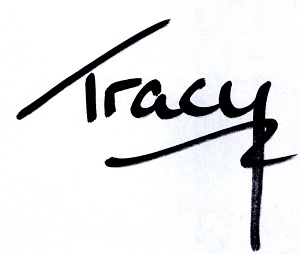
Like skyscapers going viral in Dubai, “tall” is a modern phenomenon. Man has grown four inches higher in just the last 100 years.
If the cause was genetics, that would be a freaky-fast change, but the causes are actually far more prosaic: Better food, absence of disease, and a social preference for height, which makes tall men look more attractive.
The preference is hardwired into us. The tallest man could see further than the short ones and spot approaching enemies. He could also reach further with his sword. Way back when, the strongest males got the women. Women favored mates who could do a better job of protecting her and the children because she was weaker and vulnerable.
Maybe it’s because Hollywood tends to cast strapping hunks in period dramas that we forget that, for most of human history, the world belonged to shorties. It wasn’t until well after the invention of cars and antibiotics that the average European man outgrew today’s average American teenaged girl.
You can often see this progression in your own family. I am, for example, half-an-inch taller than my mother. My daughter is an inch taller than me. (I so hope she’s not reading this. I’ve denied that inch for years. She’ll hold this confession over me forever!)
The explosion of height in modern times creates something of a conundrum for historical authors like me–especially when they write historical romances.
We all like tall heroes. We can’t help it.
Only, “tall” in the Arthurian period probably meant the man was five foot six. A giant would be five ten. The Vikings, who were regularly described as strapping giants, were likely only five-eight to five-ten.
If I described a hero as five foot six, modern readers would all wrinkle their nose and think, “Ugh, he’s short!”
That’s so not the reaction I want to generate in my readers!
At the same time, I flat out can’t cast him as a six-foot man, because they just didn’t exist back then.
The way I get around that is to never mention actual heights. Heroes and other hunks in my historical romances are aways described in relationship to others. So they “tower” over the heroine, or stand half-a-head higher than any man around them, or must duck under lintels (which were all much lower back then, too). In that way, I leave no doubt in the reader’s mind that this guy is tall, dammit.
If the author knows what she is doing, you shouldn’t spot that actual height or width or girth of humans in historicals is never mentioned.
An on-the-ball time travel author will have their modern traveller notice it, though!
Cheers,

.
Get the news that no one else does. Sign up for my newsletter.
For a short while, you get a bundle of ebooks, free, when you sign up, as a Starter Library. Details here.
As always your info is fascinating
THank you!
t.